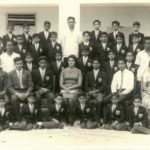When you look back to your school days , normally you tend to look at the events as once seen through the eyes of a child. I have had two unique opportunities that prompts me to look at the events simultaneously as a child and as an adult, a part of the management at that. The first one was about day to day management of an Army Public School. As it happened this school was about seven years old, the same age as that of of Sainik School Amaravathinagar , in the year I joined.
This school had everything in terms of funding and infrastructure but it badly lacked the vital force that makes an institution a live , throbbing entity. Despite the subsidized fee for army children, there were very few applications for admission. An institution is like a living organism and in the early years it does go through the pangs of growing up. There is the energy of the young and at the same time lack of stability that comes only with experience.
The second opportunity was overseeing the NCC activities in our school as part of NCC Group Headquarters , Coimbatore. I came across a lot of new information about the history of the school. To put it briefly, the school was original planned to be set up at Kodaikaanal , and Amaravathinagar had been selected as the interim location as the place had a lot of temporary constructions made by PWD for personnel working on the Amaravathinagar Dam. As it happens , land acquisition efforts at Kodaikaanal had run into trouble and Amaravathinagar came to be the permanent location for the school.
That is how the School had to start functioning with excess of temporary constructions and very few buildings designed and built for the purpose of running a boarding school. The first meal I had in the school in the year 1968, was in the boxing ring; yes, a boxing ring that doubled as Junior Boys Mess. The Seniors Mess doubled as an auditorium and on movie days / special functions , the dinner was served outside.
What the school lacked in infrastructure was more than made up in the quality of staff ,both teaching staff and Non-teaching or administrative staff. Almost the entire staff was in the age group of 25 to 35, all young, dedicated people who had staked their own future in the future of the school.
If an institution can be looked at as a living being, the brain certainly would be the academic staff. It was the administrative staff including office staff, mess staff, laboratory attendants and whole gamut of class IV employees that formed the all important back bone. Infra structure could be seen as arms and legs and Funds as steroids or tonics. When the body is weak, tonics and steroids can strengthen the body but without the solid back bone ,no organism can grow and without the brain there would be know directions for growth and evolution. I think, in this aspect of brain and the backbone the school has been very very fortunate.
Almost every part of the huge campus can be identified with a dedicated individual taking care of the facility. When I think of the Arts class, it is not the class room that comes to mind but the then young art teacher who retired from service from that place. So is it with crafts class ,Library or PT. While teachers no doubt played a great role ,it is the unsung heroes at each facility or place that , I think , played as great a role or may be even a greater role. I simply cannot visualize the physics or chemistry labs without recalling the lab attendants who were as much part and parcel of the lab as the Bunsen burners and Colorimeter.
The MI Room had a compounder who was more than a doctor for us. With the kind of out door activities including horse riding and boxing ,the school always had a number of walking wounded in all kinds of plasters and bandages . That one person with an assistant handled all kinds of injuries and quarantines. The doctor was only seen very rarely.
We had two NCOs from army who, I always thought were part of the school. Only twenty years later did I learn that they actually came under the NCC Group Headquarters at Coimbatore. The bonding was so complete that these two gentlemen lived in the school campus and participated in most of the school functions including hikes and excursions .
The picture I have of the sports stores in the swimming pool complex is that of a groundsman issuing stores, receiving the stores during games period . At other times he was busy repairing the foot balls, basket balls or cricket gear that the boys just used or misused and dumped in the store after the games period. I find it difficult to believe that a even personal item of sports kit like a hockey stick was actually provided to boys on the house. Boys are boys . Some of us took mighty swings with the hockey stick at pebbles . Today, I feel ashamed that some of us even pilfered twine that is used in the handles ,for personal use. As for foot balls and basket balls the casualty rate was rather high . Unlike the present times, those days everything was repairable and was repaired and re-used till the item lost its original shape completely. It is these grounds-men who ensured that a punctured bladder was fixed,leather re-stitched and the ball inflated and kept ready for use the next day.
I realized the importance of this kind of dedicated staff only when , at another school, I saw a huge pile of broken rackets and deflated balls just dumped in the store to be charged off and destroyed during the annual stock taking exercise.
As for the cadets mess we had such waiters who were permanently affiliated to a house and considered themselves part of the house. They knew the likes and dislikes of every boy and did what they could to make a simple meal great. Some of the boys, of course were smarter than others and could use their charms to wheedle a larger piece of chicken or an extra mysore pak. These waiters worked from morning bed tea, through every tea or meal till dinner time and I wonder what motivated them to keep going on and on. Today, in most places we hear of outsourcing and contract labour where attrition rate is very high and customer satisfaction is very low.
During the later part of our stay , many of our teachers moved on to better appointments in other schools as there was a growing demand for principals in Navodaya Schools and Private Schools. But most of the administrative staff stayed on till superannuation.
A thing I noticed only very recently was that our Feeder House photo of 1968, includes not just the House Master and House Tutors , but the whole team of Matron, Warden, Barber, Washer-Man and Sweeper . I have not come across such group photos in the recent times.
I feel, these are the small things that goes into making a great institution. A positive aspect of this entire teamwork is that it is not an exploitative relationship between the employee and the institution , but a kind of symbiotic relation. The employees and their families grew with the school. Today many children from these families are holding high positions in our defense forces and in other walks of life.
Those days HR was not studied or talked about much as a subject , but sure they did practice it. As alumni we owe a lot to these unsung heroes of our school.
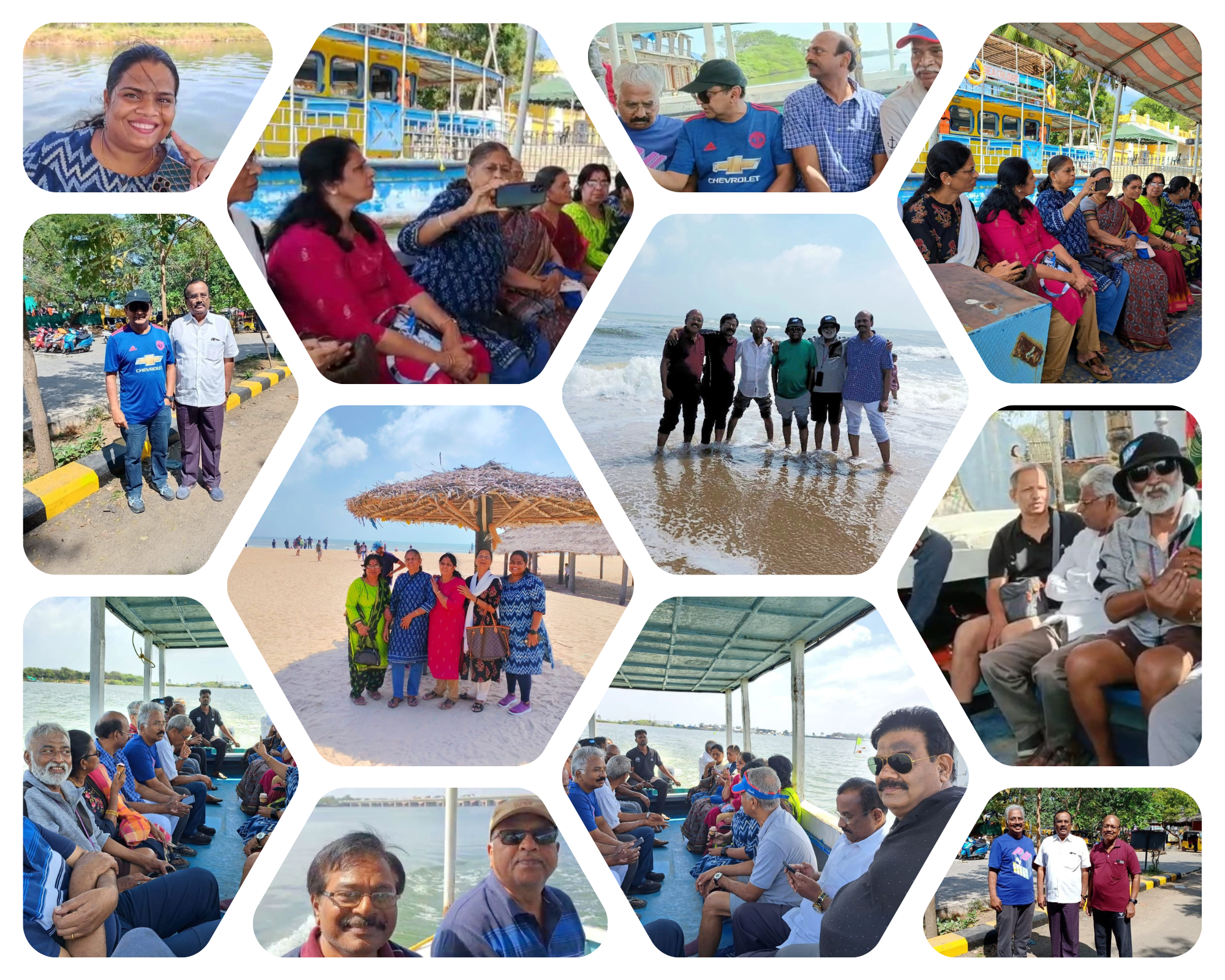

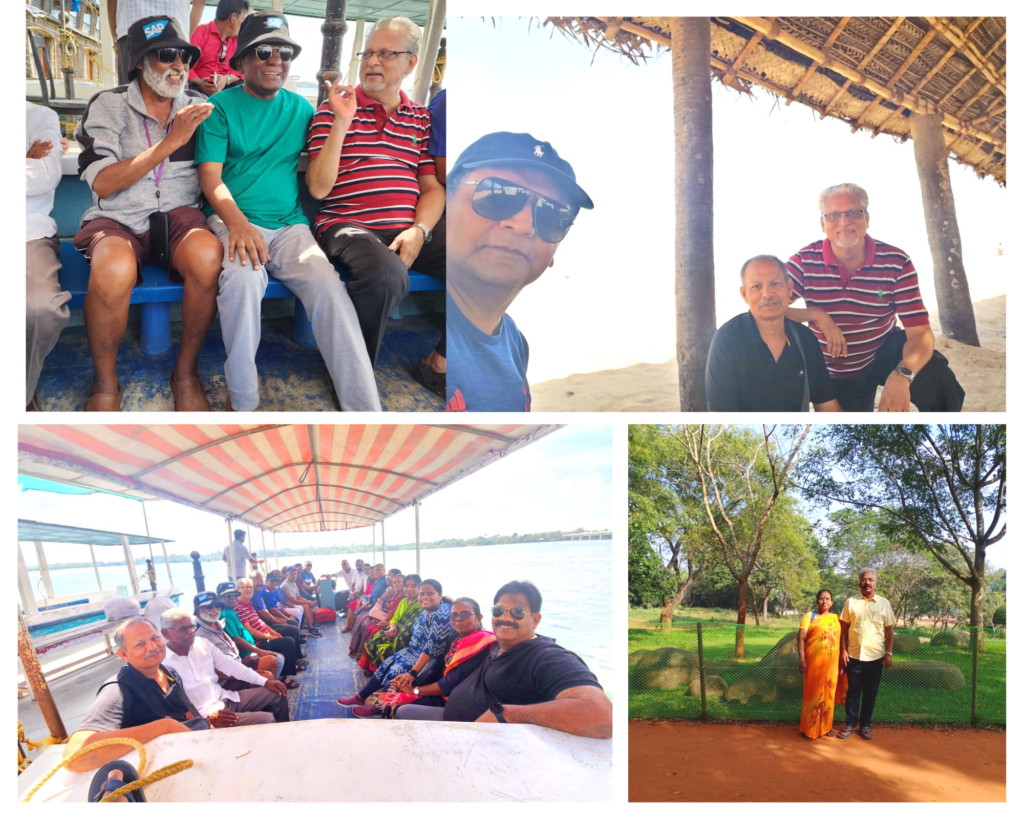
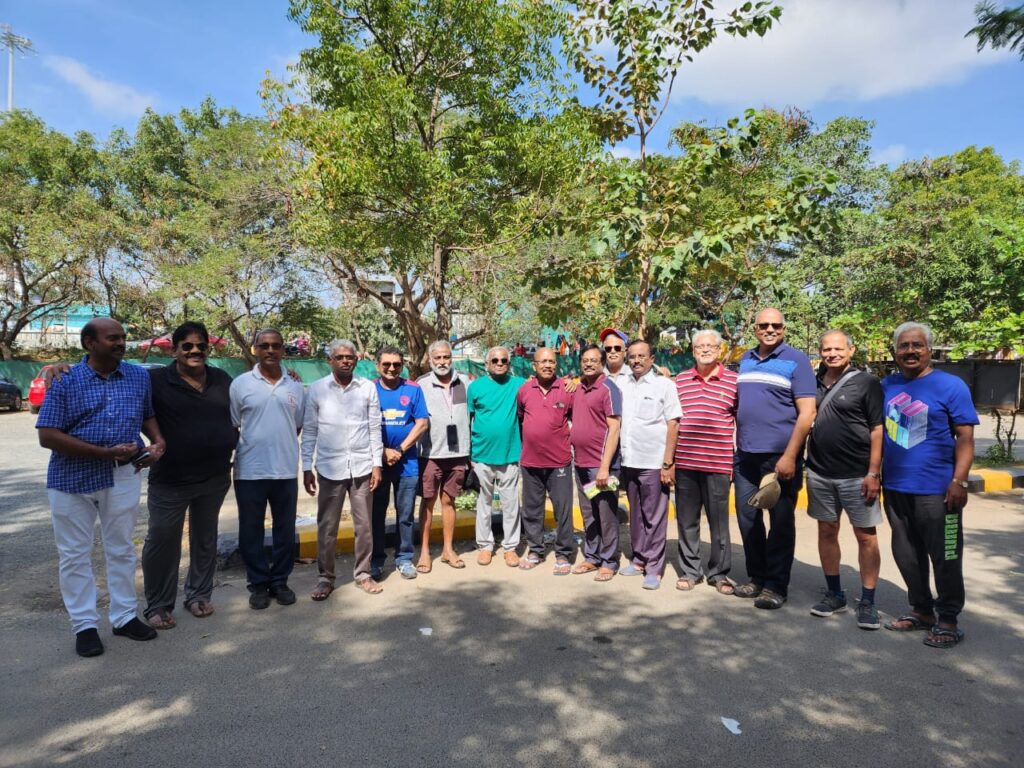






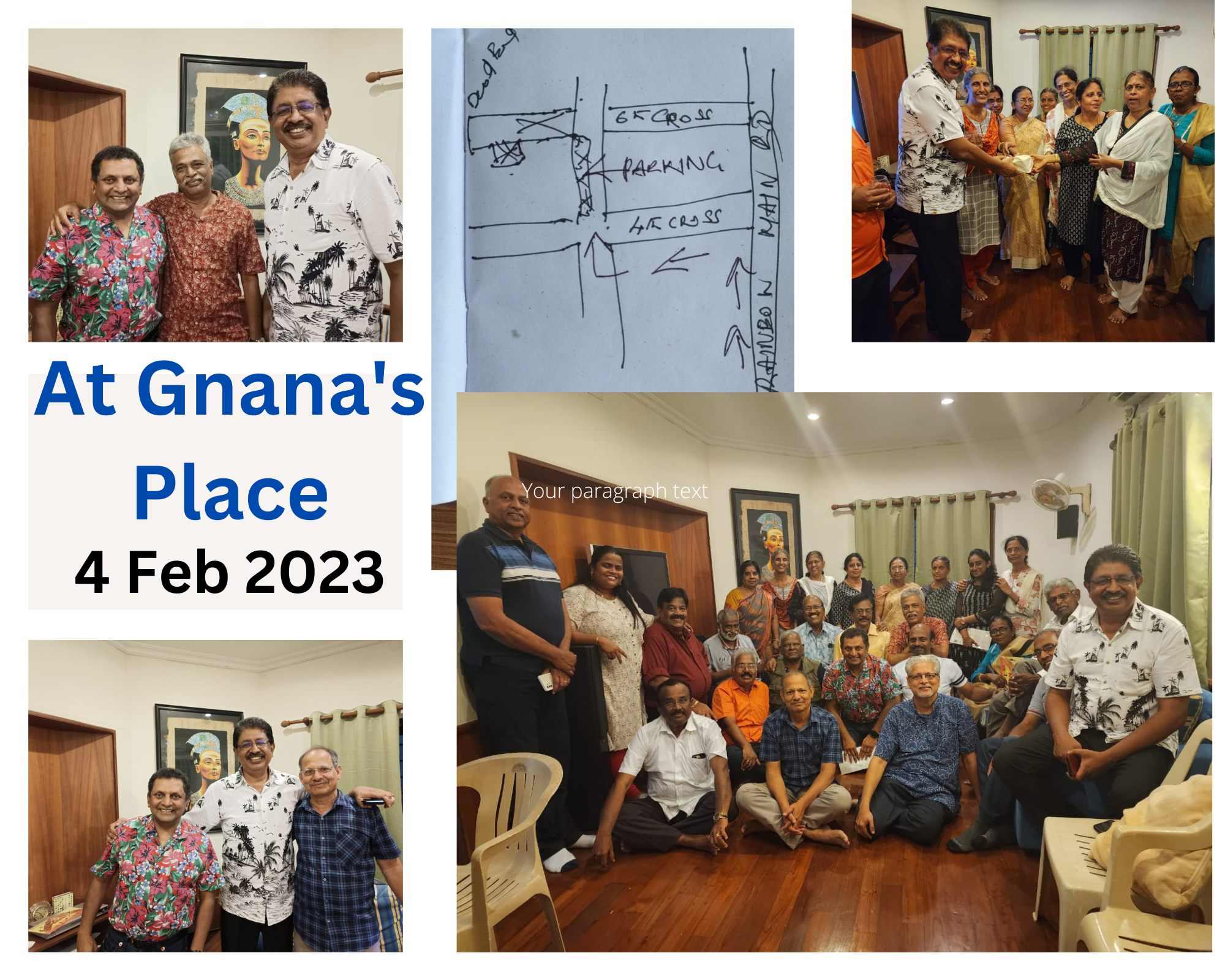 Gnana who had been keeping a low profile during the earlier proposals for a Pondy trip , came into his own this time to be fully involved along with Jayakumar. Sathya chipped in with his planning, announcements and cash management.
Gnana who had been keeping a low profile during the earlier proposals for a Pondy trip , came into his own this time to be fully involved along with Jayakumar. Sathya chipped in with his planning, announcements and cash management.

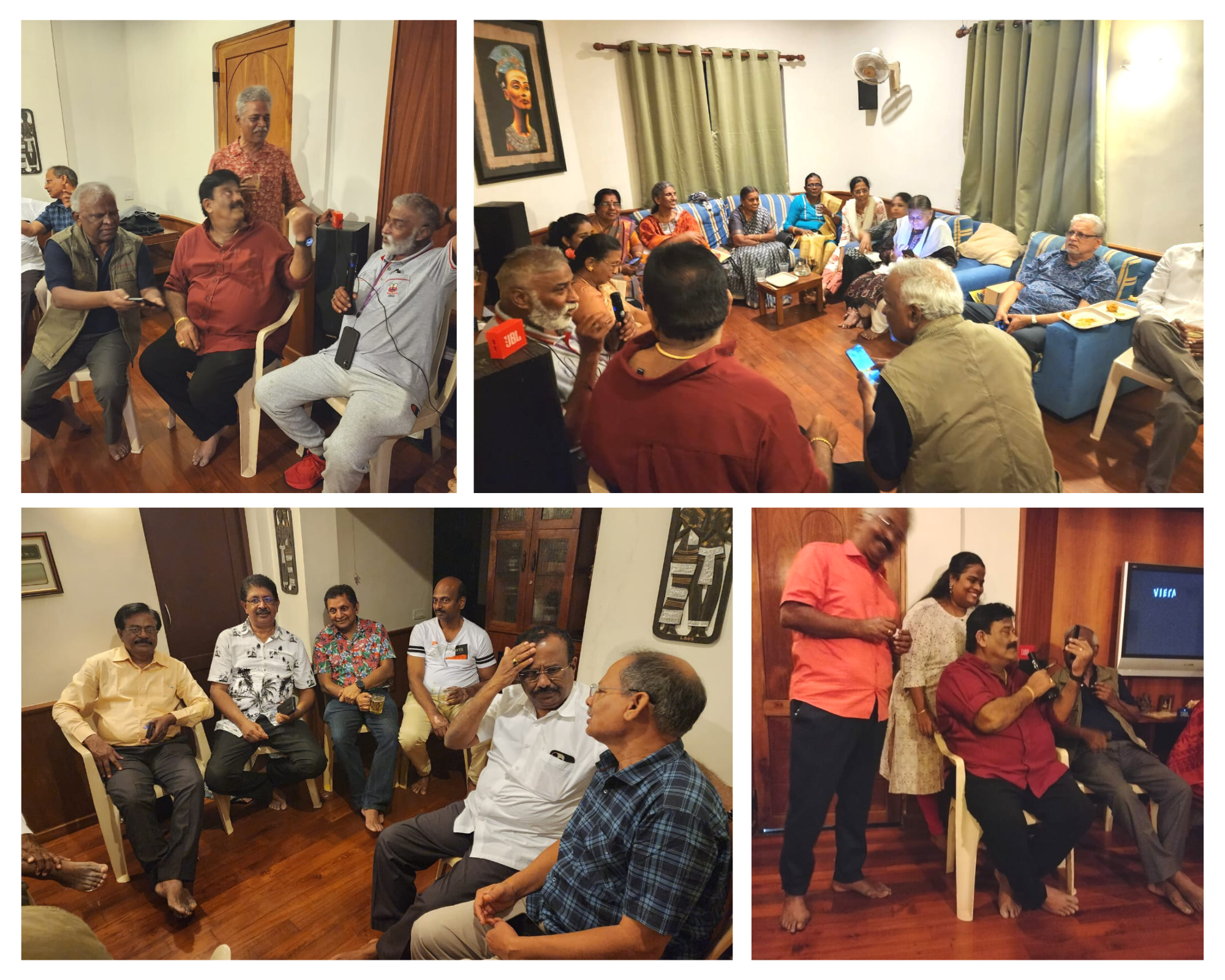


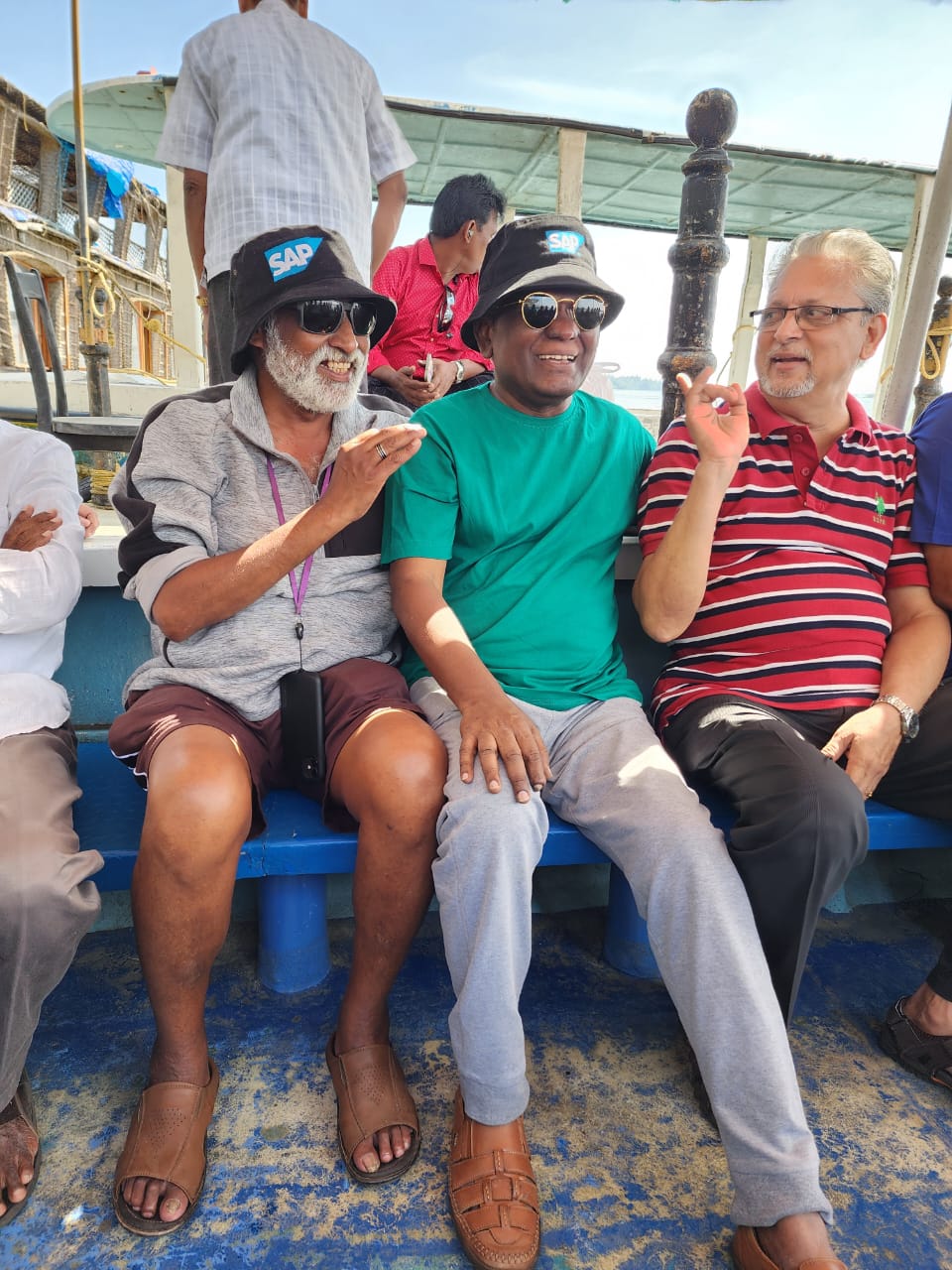
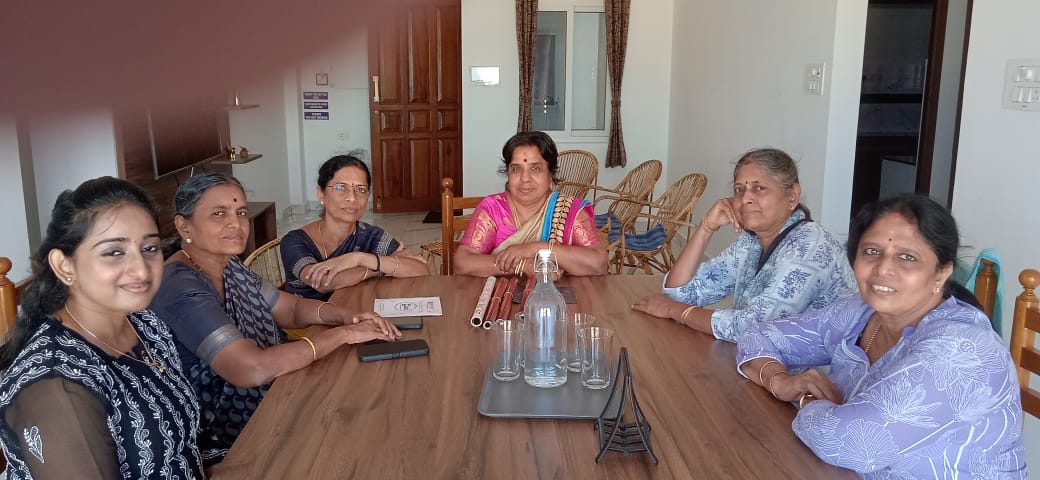
 That’s the reception Committee on 4th feb at Jeno Ramki Apartments Pondicherry.
That’s the reception Committee on 4th feb at Jeno Ramki Apartments Pondicherry.
